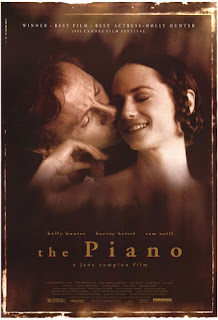December 17th: F FOR FAKE (Orson Welles, 1973)
What starts as a documentary about an art forger turns into an examination of other famous hoaxes and meditation on art itself.
Orson Welles was on the verge of a comeback with his omnibus Shakespeare adaptation Chimes At Midnight after a successful premiere at the Cannes Film Festival, but it failed to secure a legitimate theatrical release in the U.S. After completing a project for French television, Welles made what is arguably the strangest film in his career.
The genesis of the project is a documentary by French filmmaker François Reichenbach about the famous art forger Elmyr de Hory. After its release, Hory's biographer Clifford Irving was exposed as a fraud himself for a fabricated biography of Howard Hughes. Welles appropriated Reichenbach's footage for a wider look at forgers, hoax perpetrators, charlatans, etc.
Welles' personal connection to the material comes from his life-long hobby of performing magic tricks and illusions, as well as his own infamous hoax, the panic-inducing radio broadcast of War Of The Worlds in 1938. He serves as both narrator and on-screen subject.
The film was shot across Europe in Italy, Spain and various locations in France, as well as Los Angeles. Appearing alongside the director and the documentary subjects are Welles' previous collaborators Joseph Cotten and Paul Stewart (both in Citizen Kane), Peter Bogdanovich, and his current companion, Croatian actress Oja Kodar.
The most striking element of the film is its editing; the quick cutting and collage style appear directly influenced by the French New Wave. Even more daring is the meta approach of taking the viewer inside the editing room where one sees the film constructed and deconstructed. Welles also has fun with the unreliable narrator device, with the actual direction of various scenes unclear as well as the veracity of the stories themselves.
Too ahead of his time again, Welles' uncategorizable film was met with an assortment of responses. Many were confused or accused the director of pretension. It is now regarded by scholars as one of his strongest cinematic statements. He would only complete one additional feature over the next 10 years before his death.
Running time is approx. 90 minutes.










Comments
Post a Comment